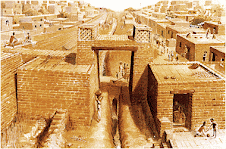
Tuesday, 2 February 2010
Subscribe to:
Comments (Atom)
We are Gilgit,Pakistan based Tours and Treks company.We welcome all the adventurous people out there, who would like to explore Chitral,Gilgit, Baltistan. Our services are: Treking.Jeep Safari. Cultural, Community and home stay trips.Horse Back Trips.Fishing.Hunting.Eco Tourism.Bike Trips.Mountain Climbing and many more....










.gif)
